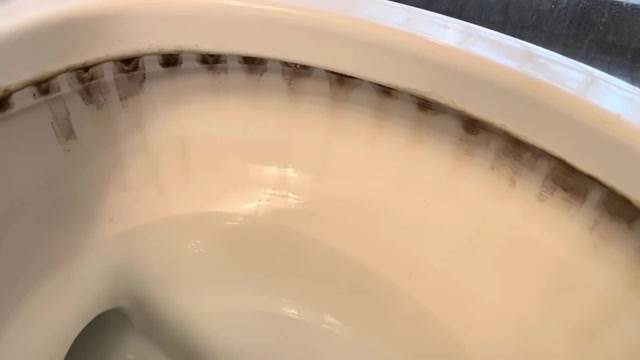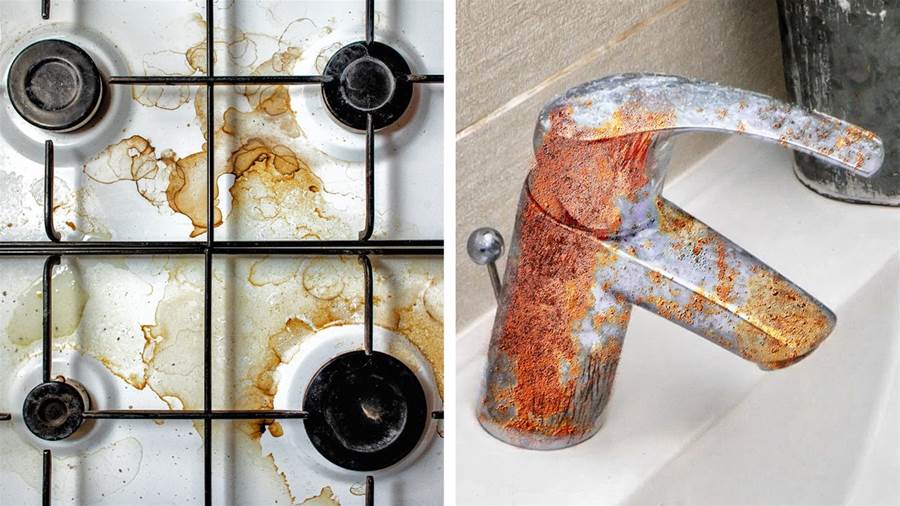Why Does THIS Keep Coming Back and How to STOP it
If you've noticed persistent mold in your toilet, despite regular cleaning, you're not alone. This issue often recurs due to the way your toilet operates, specifically how water flows within it. Here’s a detailed guide on why mold keeps coming back and how you can effectively address it.
Understanding the Problem
Mold in your toilet typically thrives in the internal cavity around the rim, where water flushes through. When you flush, a burst of water travels around this cavity and exits through jets positioned around the rim.
Mold can reside in these hidden areas, making it difficult to remove through standard cleaning methods.
Why Mold Keeps Returning
The mold keeps coming back because it’s living inside the internal cavity, an area not easily reached with regular cleaning. When you flush, the mold is continuously exposed to moisture, creating an ideal environment for its persistence. The key to solving this issue lies in treating the area inside the rim where the mold is growing.

Effective Treatment Method
Here’s a straightforward method to address mold buildup:
Prepare Your Cleaning Solution: You’ll need a common household item—distilled white vinegar. This is an effective, natural cleaner that will help tackle the mold without the use of harsh chemicals.
Access the Internal Cavity: Begin by lifting the toilet tank lid to access the overflow pipe.
This pipe may vary in size depending on your toilet model; it could be a large cylinder or a thinner pipe.
Apply the Vinegar: Pour distilled white vinegar down the overflow pipe. You’ll need approximately half a jug of vinegar to ensure it reaches all areas of the internal cavity. The vinegar will flow around the rim and into the cavity, where it will start breaking down the mold.
Let it Sit: Allow the vinegar to sit for about an hour.
The article is not finished. Click on the next page to continue.
The article is not finished. Click on the next page to continue.




















